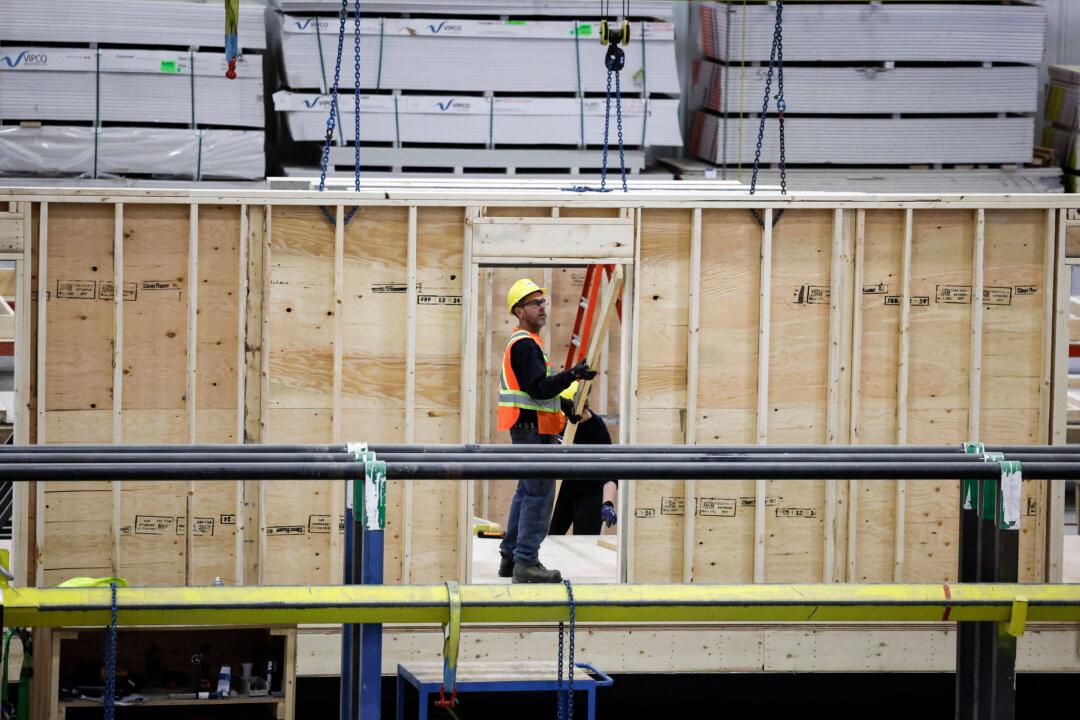Commentary
Immigration Minister Marc Miller embraces the mantra that Canada needs immigration to keep the economy going. That’s how experts say we’re supposed to get economic growth along with improvements in productivity and higher per capita GDP. But is that true?





